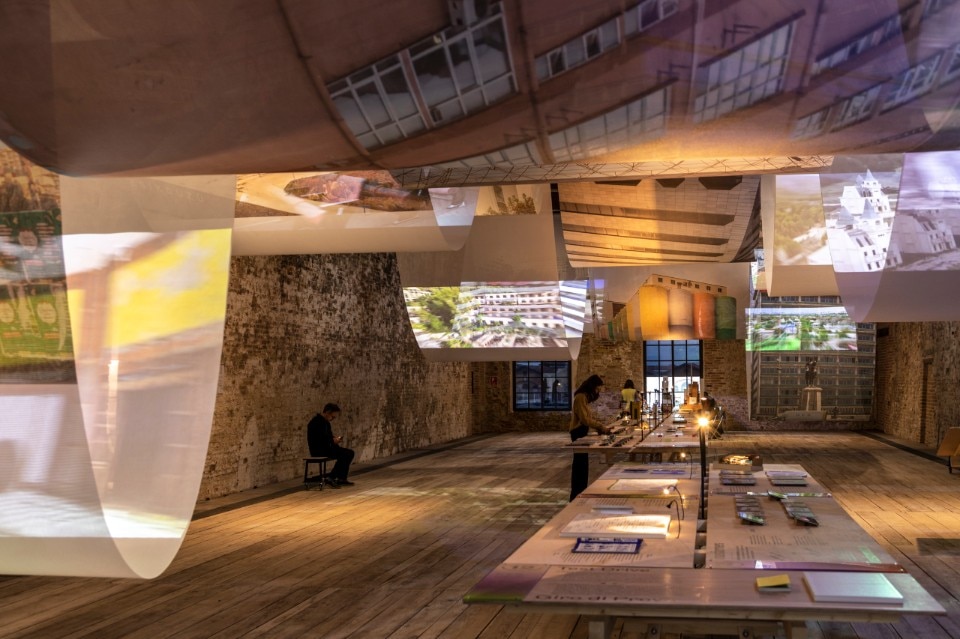This article is from Domus 1081, on newsstands in July 2023.
From the very start I was intrigued by Lesley Lokko’s ambitious declarations of intent for her 18th International Architecture Exhibition of the Venice Biennale, The Laboratory of the Future. Her willingness to address urgent and interwoven issues such as climate change, environmental pollution, the legacy of colonialism, forced migration and social injustice; her determination to firmly involve African culture, which has so far remained on the sidelines of the international debate; her decision to qualify the participants not as architects, planners, landscape architects or engineers but as “practitioners”. The fields of investigation explored by her four special projects – landscape, gender, memory and future – are fascinating, albeit a little nebulous.
The theme of memory, for instance, pervades almost all the exhibits. It exhumes buried episodes and recovers exiled fragments of history, ranging from cruel and shameful memories of slavery to the lore of shepherds, peasants and traditional builders, masters of techniques and strategies for using the Earth’s resources with respectful parsimony.
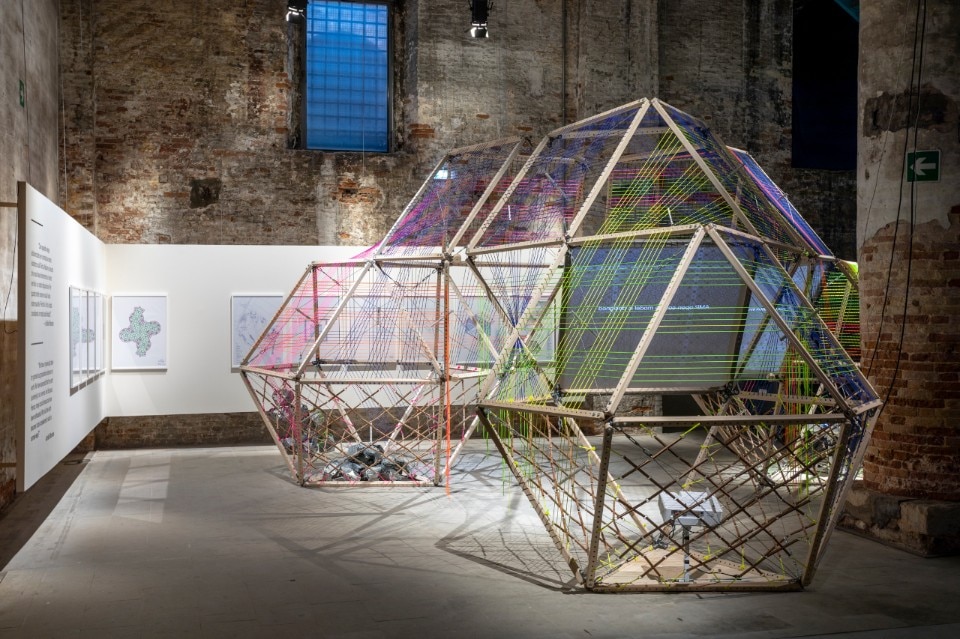
Indeed, the exhibition in Venice is decidedly and, I believe, appropriately focused on the plundering of our planet and the resultant ecological catastrophe that threatens us, ruthlessly revealing its sinister political, social and economic implications. The installations in the Central Pavilion, and even more so those in the Corderie of the Arsenale, draw visitors into multiple worlds of images, sounds, objects and texts that invite, or rather compel us to identify with often atrocious situations and reflect on their violence. It is impossible not to be shaken by their conceptual and visual strength, but also disconcerted by the scarcity of proactive approaches. The projects stop at diagnosis or condemnation. Glimmers of hope are rare. Among them is the Nebelivka Hypothesis, a 6,000-year-old city whose archaeological remains were discovered in a particularly fertile region of Ukraine and suggest the memory of a peaceful, egalitarian society that even worked with microorganisms and earthworms to enrich its farmland with nutrients.
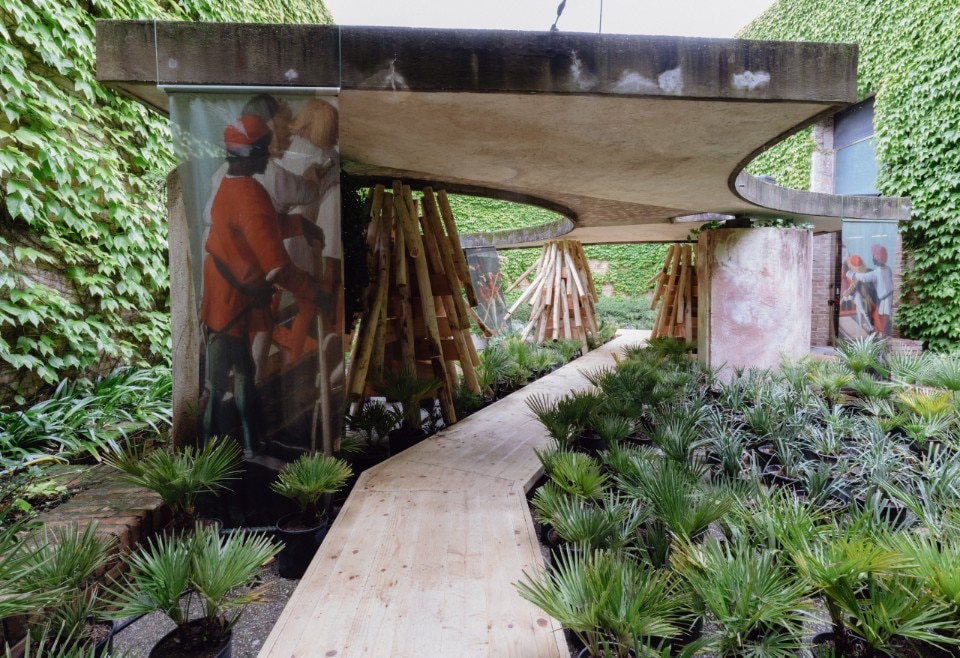
That the contributions are for the most part by young participants, some even very young, is a felicitous attribute of the exhibition and a generous gesture on the part of the curator. Generosity is contagious. It makes us willing to forgive some naivety, some lapses of tone, some banalities and a great deal of conceptual and linguistic hot air, such as, “Architecture must be ‘trans’: trans-scalar, trans-species, transmedial – a continuous transition of time, space, and materiality to prefigure a more-than-human present.” It also makes us inclined to accept the preponderance of works from Africa or the African diaspora. While this gives us insight into an underestimated and marginalised cultural, political and economic reality, it abruptly excludes other realities, impoverishes the central theme of safeguarding the planet and unbalances an exhibition that professes to be international.
In effetti, la mostra a Venezia è decisamente e, credo, opportunamente incentrata sul saccheggio del nostro pianeta e la conseguente catastrofe ecologica che ci minaccia, mostrandone spietatamente le sinistre implicazioni politiche, sociali ed economiche.
It is more difficult, however, not to be perplexed by the fact that the answers to the challenges, whether ecological or social, or almost always both, are hardly ever embodied in architecture. Some drawings and models are on display, but merely as presentations of buildings that are barely contextualised and substantially external to the impassioned general discourse. Instead of acting as a link between issues and built spaces, they reiterate the self-congratulatory exhibitionism and virtue-signalling that were so annoying in previous exhibitions. The rest are essentially art installations, interplays of inscriptions and lights, sculpture-objects, virtual spaces and many, too many videos. Architecture is virtually absent. In an exhibition whose subject is architecture, its absence becomes a very strong statement. And it raises the question of whether Lesley Lokko’s absolutely deliberate openness foreshadows an enrichment of the discipline or instead its disintegration.
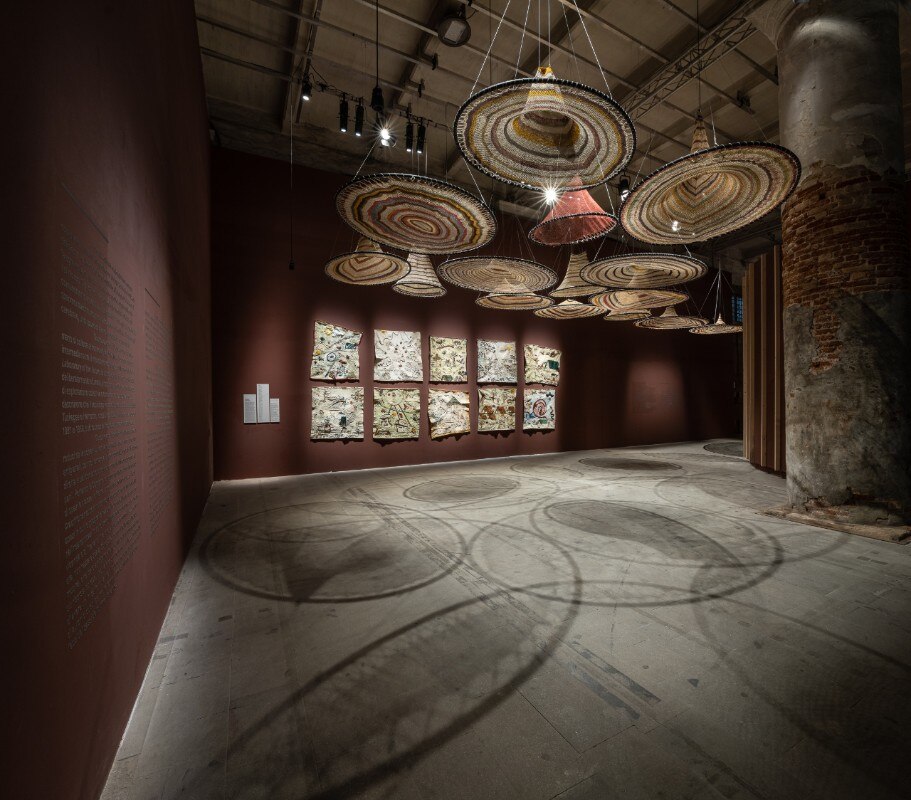
In general, the Biennale’s architecture exhibitions have a relatively clear thematic structure in their main parts – the Central Pavilion and the Corderie – and are fragmented in the national pavilions, whose independent curatorships are required to contribute only loosely to the overarching theme. This time we find the opposite. Some national exhibitions interpret the theme of sustainability in different and wonderfully complementary ways. This is the case of the Turkish Pavilion, which shows great intellectual honesty in denouncing the excess of building, functional to the country’s unbridled economy and political regime, and expounds methods and techniques for reusing abandoned or apparently obsolete buildings.
I risultati dello sconfinamento sono interessanti, a volte sorprendenti. Quasi mai raggiungono, però, il livello delle discipline in cui scantonano. In altre parole: gli artisti veri sono più bravi, gli attivisti professionisti più efficaci.
The Belgian Pavilion responds with a detailed examination of an experimental and exquisitely natural building material, mycelium, the vegetative apparatus of fungi, exploring both its technical and aesthetic potential and celebrating it in an evocative space that fills almost the whole exhibition building. The Japan Pavilion traces the history of its own design and construction, revealing its delicacy and complexity, and suggesting that to preserve a building you need to know it profoundly and love it at least a little. Slovenia’s modest and restrained contribution offers a sort of synthesis of building sustainability. It seeks solutions in the wisdom of vernacular architecture and makes it clear that to be sustainable we not only need to change our homes, but above all the way we live in them, our habits and our expectations.
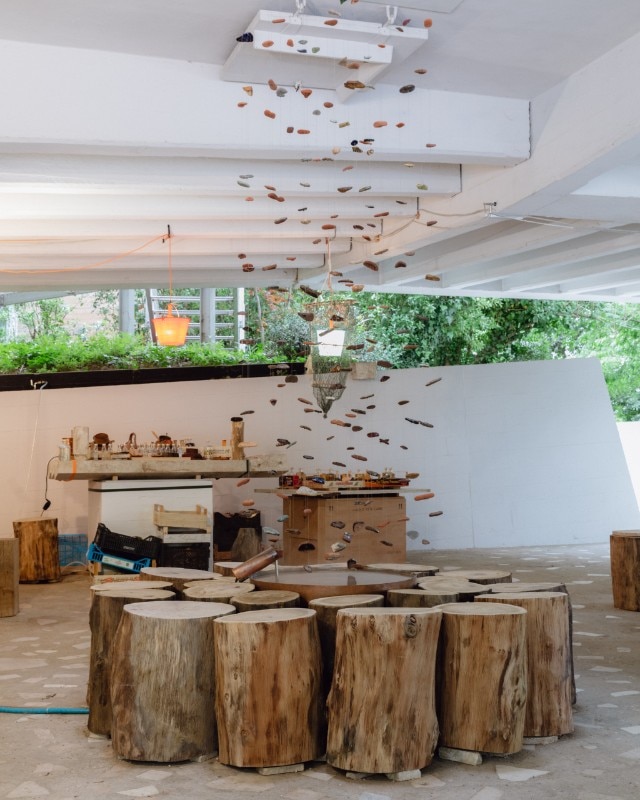
On leaving the exhibition, enriched with stimulating ideas and images, but also a little dazed, one cannot help reflecting on its significance and usefulness. This exhibition entirely resting on the grand themes of the moment, full of verbose declarations and practically without architectural projects, reflects the current state of the discipline that is excluded from it. Beset by the ravages in which it has been complicit or even the cause, anguished by the catastrophes it has inadvertently or recklessly helped bring about, architecture has ventured into other fields, from art to political activism. Such forays produce interesting and sometimes surprising results. However, they rarely attain the level of the disciplines they encroach on. In other words: real artists are better and professional activists are more effective.
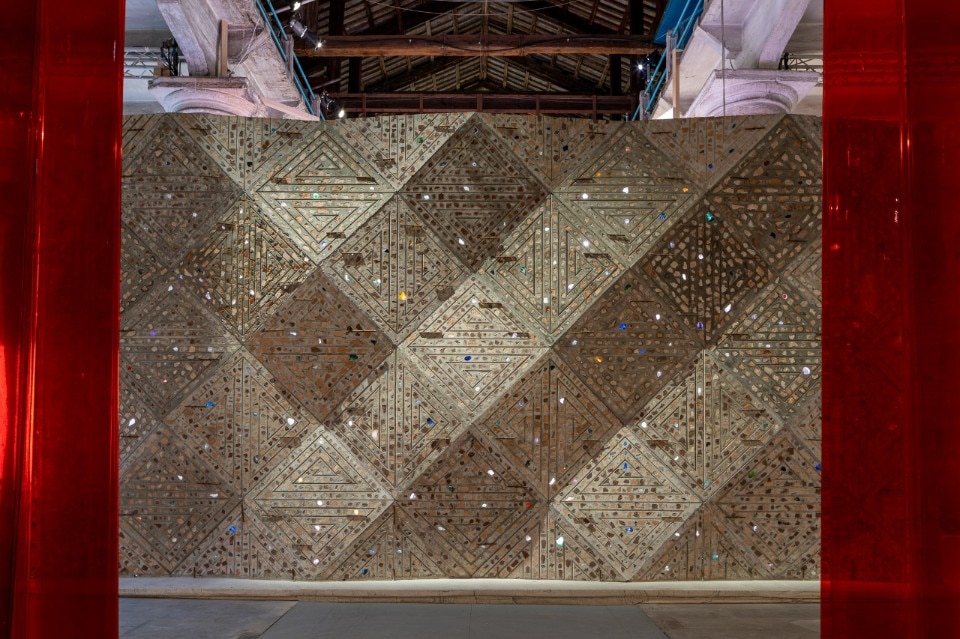
Another, more disagreeable thought stirs as we cross the Giardini, walk past the Arsenale and stroll along Riva degli Schiavoni. While the colourful, vociferous and elegant crowd condemns slavery and colonialism, criticises the marginalisation of minorities, deplores the devastation of the Earth and heads for St. Mark’s, a few kilometres away the floods in Emilia Romagna, a consequence of the neglect of the Apennine region, have killed 15 people and swept away the homes of more than 36,000. At the same time, our more insouciant colleagues are designing and erecting one building after another, almost all without ecological or social scruples, and almost all ugly, including a fair number in Africa. Perhaps a subsequent laboratory of the future could adopt a more modest approach and give up the presumption of saving the world. It would displease those who are indignant by profession, but it would contribute to the most urgent and serious task of contemporary architecture: to find its role in a possible new sustainable civilisation.
Opening image: Pavilion of Turkey. Ghost Stories: Carrier Bag Theory of Architecture. 18. Mostra Internazionale di Architettura - La Biennale di Venezia, The laboratory of the Future. Photo by: Marco Zorzanello. Courtesy: La Biennale di Venezia


